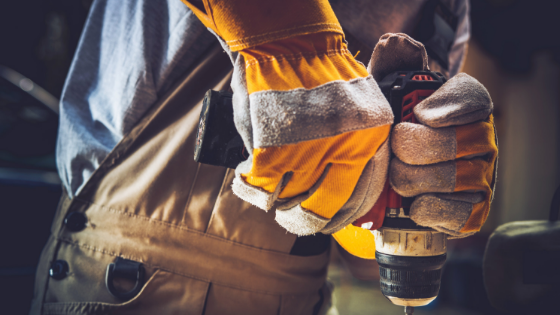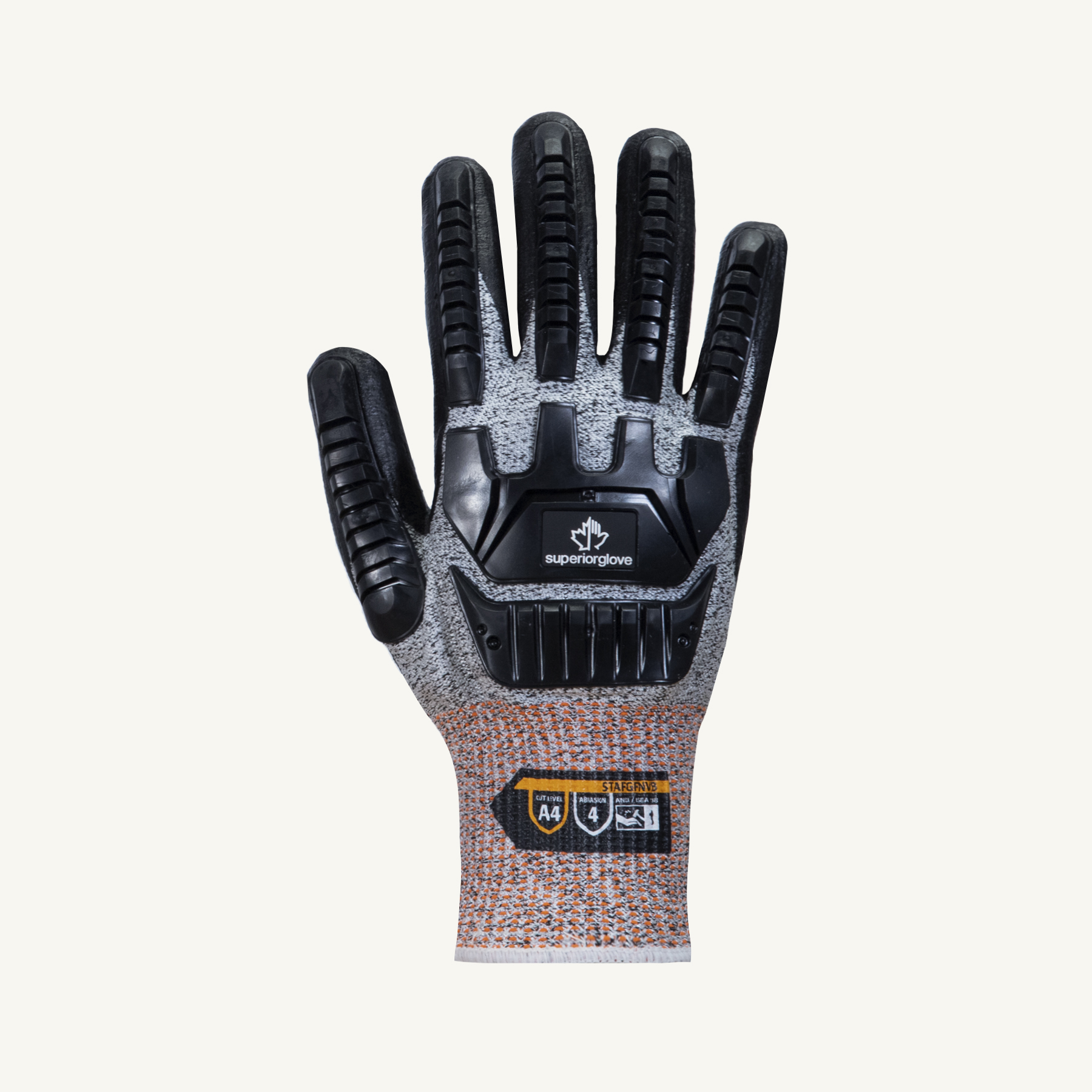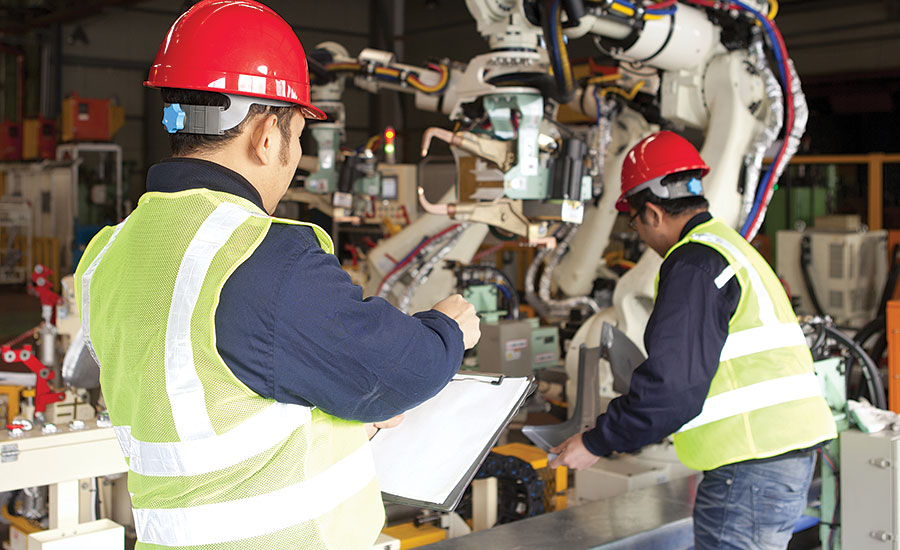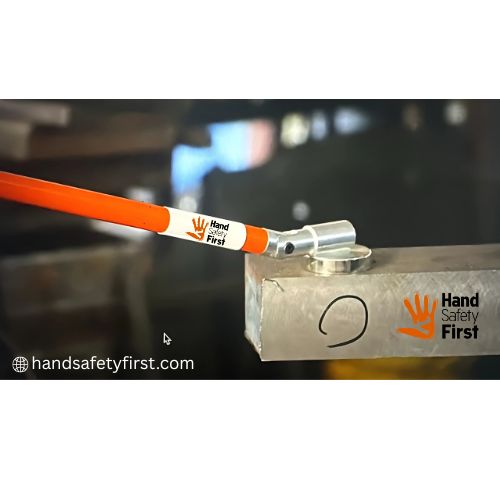Introduction
In heavy industries, hand injuries have long been among the most common and severe workplace hazards. But how did we go from leather mitts to intelligent safety tools that protect millions? This blog dives deep into the history and evolution of hand safety in heavy industries, showing how technological advancements and stricter regulations reshaped the workplace. By the end, you’ll understand how far we’ve come—and what lies ahead.
What Is Hand Safety?
Hand safety refers to the measures, equipment, and training used to protect workers' hands from injuries such as cuts, burns, fractures, and crushes. In heavy industries—construction, manufacturing, oil & gas—this is crucial for both worker well-being and productivity.

A Brief History of Hand Safety
Before regulations and high-tech gloves, workers relied on instinct and rudimentary protection like leather wraps or bare hands. Here's how hand safety evolved:
|
Era |
Hand Safety Practice |
|
1800s |
Basic leather gloves in mining and railroads |
|
1900s |
Cotton gloves in manufacturing; minimal standards |
|
1970s |
OSHA introduces first hand protection regulations |
|
2000s |
Rise of PPE culture; material innovation (Kevlar, nitrile) |
|
2020s |
Smart gloves, AI risk detection, ergonomic design |
Hand safety has always been reactive—developed in response to injury trends. Now, it’s becoming predictive.

Evolution of Hand Protection Technologies
Technology has drastically improved how we protect hands:
-
Kevlar & Cut-Resistant Materials: Revolutionized construction & fabrication.
-
Vibration-Dampening Gloves: Essential in mining & drilling.
-
Impact-Resistant Exoskeleton Gloves: Protect against crush & pinch points.
-
Smart Wearables: Some gloves now monitor hand movement and alert workers of danger in real time.
Each of these innovations arose from industry demands, injury data, and OSHA regulation upgrades.

Why Hand Safety Matters More Than Ever in 2025
With automation, complex machinery, and high-speed processes, the risks to hands have multiplied. In 2025, companies must focus on hand safety because:
-
Injury Costs Are Rising: Hand injuries cost employers over $13,000 per incident.
-
Regulations Are Stricter: Global standards now demand proactive safety measures.
-
Workforce Expectations Have Shifted: Employees demand safer work environments and advanced PPE.

Modern Hand Safety Tools: Features & Benefits
Today’s tools offer unmatched protection and functionality:
-
Wrench Grabs: Prevent pinch points during torque work.
-
Taglines & Push-Pull Tools: Keep hands off suspended loads.
-
Smart Gloves: Real-time alerts and heat mapping.
-
Chemical-Resistant Gloves: Enhanced durability with tactile sensitivity.
Benefits include:
-
Reduced injury rates
-
Compliance with ISO and OSHA standards
Boosted morale and trust among workers

Common Hand Safety Mistakes in Industrial Sites
Even with the best gear, many sites still fall into these traps:
-
Using the wrong glove for the job
-
Not replacing worn-out gloves
-
Lack of training on hand safety tools
-
Ignoring ergonomic risks
Fixing these requires a mix of training, tool innovation, and site audits.

FAQs
Q1: When did modern hand safety standards begin?
A: Most standards emerged after OSHA was established in 1970, but meaningful PPE innovations began accelerating in the 2000s.
Q2: Are smart gloves reliable in heavy industries?
A: Yes, especially in monitoring high-risk movements and collecting ergonomic data to prevent repetitive strain.
Q3: What’s the biggest cause of hand injuries today?
A: Hands caught between moving parts or crushed during lifting operations remain the most common injury types.
Conclusion
From bare hands to smart gloves, the evolution of hand safety in heavy industries tells a story of resilience, innovation, and rising safety standards. As we move into 2025 and beyond, companies must adopt advanced tools, comply with stricter laws, and build a culture of protection.
Schedule a Free Safety Consultation
Want to Prevent Hand Injuries at Your Worksite?
Get expert advice on choosing the right hand safety tools for your industry.
Call us at +91 73861 10618 or
Email info@handsafetyfirst.com to schedule a free consultation today.
